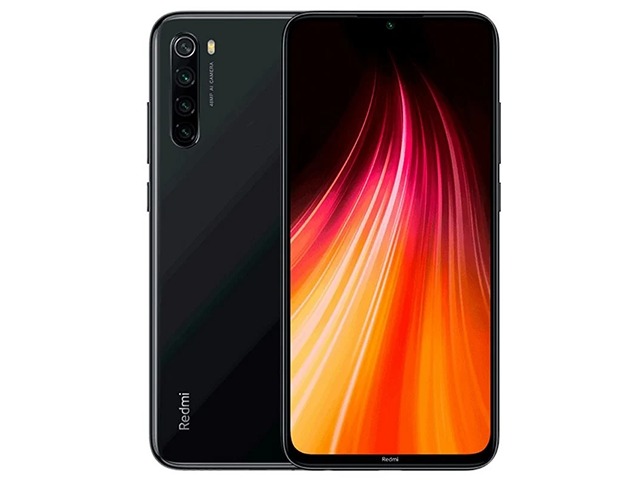Get More Information about Xiaomi Redmi Note 8 in this Review
Xiaomi Redmi Note 8 specs possess a long list of complicated technical words that can defeat even the well educated persons. Consequently, when you decide to purchase a new smartphone, there will be so many questions running through your head. In this article, you will find Xiaomi Redmi Note 8 reviews that sort out most of its specifications and jargon, to help you to make sense of it all.
After announcing Xiaomi Redmi Note 8 by Xiaomi on 8/29/2019, this model has been Released 2019, October 16. However, this model status in the market is: Available.
When you purchase Xiaomi Redmi Note 8, you will gain a 48 MP, f/1.8, 26mm (wide), 1/2.0″, 0.8µm, PDAF rear camera and 20 MP, f/2.0, (wide), 1/3″, 0.9µm selfie camera. it Also has 32GB 3GB RAM, and 4000 mAh battery life (the more mAh value gives more strength to the battery).
Xiaomi Redmi Note 8 comes with Corning Gorilla Glass 5 as a display protection that is intended to protect the screen when the phone falls on hard and rough surfaces, and with 6.3 inches, 97.4 cm2 display size.
Xiaomi Redmi Note 8 comes with the following OS and chips:
* Android 9.0 (Pie), upgradable to Android 10, MIUI 12 OS,
* Qualcomm SDM665 Snapdragon 665 (11 nm) Chipset
* Octa-core (4×2.0 GHz Kryo 260 Gold & 4×1.8 GHz Kryo 260 Silver) Processor.
To understand the meanings of device specifications, continue reading this Xiaomi Redmi Note 8 review.
Xiaomi Redmi Note 8 Review of The Body Features
cellular phone’s body specifications are very important to be considered while selecting a new device. These features are the body dimensions, the body weight, and the body build. In these following lines, you will find Xiaomi Redmi Note 8 review in terms of the body features.
* Body Dimensions: 158.3 x 75.3 x 8.4 mm (6.23 x 2.96 x 0.33 in) which mean height, width, and thickness (depth) respectively.
* Body Weight: 190 (6.70 oz).
Any weight between 140g and 170g is deemed appropriate for cellular phones and is suitable for the majority of people.
* Body Build: Glass front (Gorilla Glass 5), glass back (Gorilla Glass 5), plastic frame.
You could find the following types of smartphone’ body:
* Metal. It is the strongest one in terms of saving the devise components, that’s because it’s made of metals.
* Plastic. Because it doesn’t bend, this type could be more sturdy than metal. Also, It works for a longer period of time than a glass one because it doesn’t crash easily.
* Glass. In spite of the brittle nature of glass makes it more breakable, this type of mobile phone’s body looks more polished and appealing.
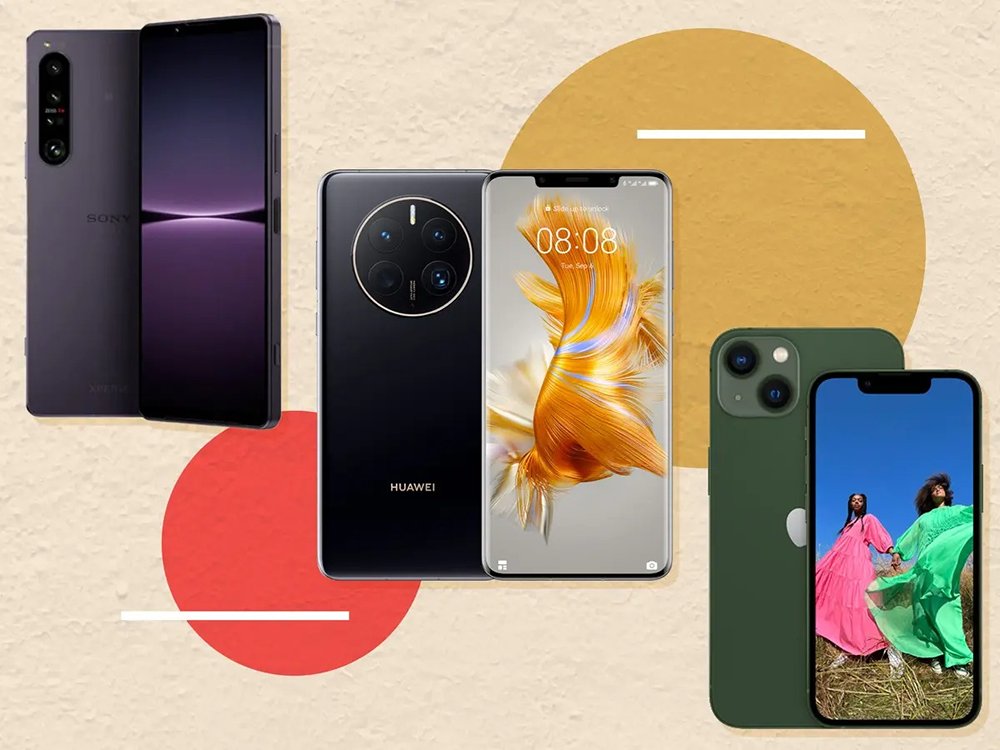
Is Smartphone color important? – Xiaomi Redmi Note 8 Review
Choosing the color of the cellular phones does not affect the quality of its work or the effect of heat on its interior parts., so you can select the color based on your preferences or the nature of your use of the phone.
Xiaomi Redmi Note 8 comes in the following colors: Neptune Blue, Moonlight White, Space Black, Nebula Purple, Cosmic Purple.
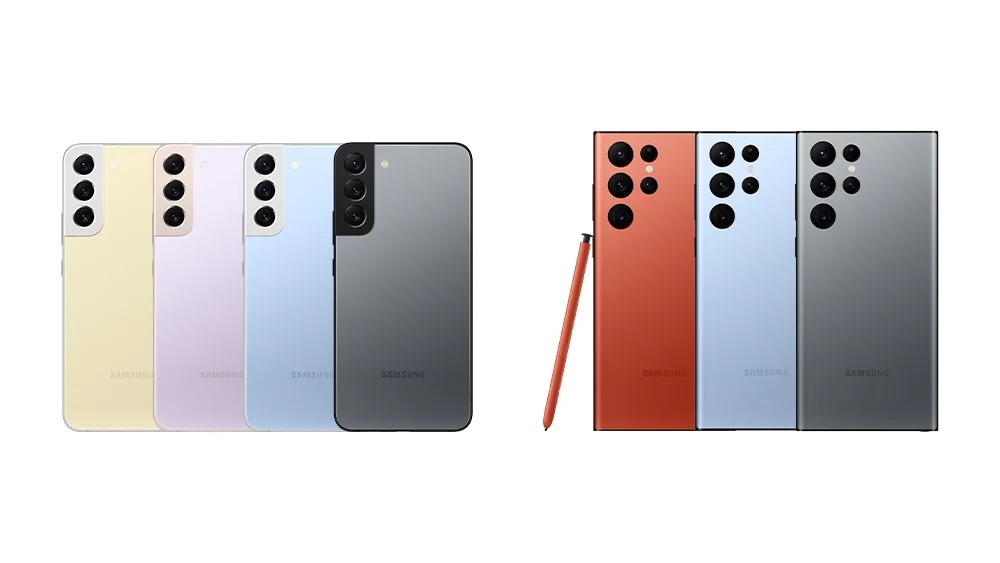
Knowing Display specifications Using Xiaomi Redmi Note 8 Review
A mobile phone’s display has always been a fundamental component. Still, ever since the advent of full-screen touch smartphone, it has become imperative for producers to offer the best display devices to consumers, it will enhance the viewing and gaming experience.
Keep reading this blog to find out what are the crucial screen characteristics of Xiaomi Redmi Note 8.
Display Type: IPS LCD – Remember to go for a screen kind that gives more bright colors and real black.
Display Size: 6.3 inches, 97.4 cm2 – Nowadays, smartphones often have screens that range in size from 4.7 to 6.5 inches.
Screen To Body Ratio: (~81.7% screen-to-body ratio). It refers to the percentage of how much of the front face is covered by the display.. Smartphones that have the largest screen to body ratio look delicate and give it a premium look.
Display Ratio: 19.5:9 ratio. the Aspect ratio is the relevance between the height and width of the smartphone screen. Taller aspect ratios like 19.5:9 is coming with the most modern smartphones, and it is suitable for web browsing, and other portrait orientation apps.
Display Resolution: 1080 x 2340 pixels. It is the clarity of an image video in details and sharpness. The pixel resolution for high definition screens is 1920 x 1080.
Display Density: (~409 ppi density). It is the number of physical pixels per inch on a screen, and is measured in Pixels Per Inch (ppi).
Display Protection: Xiaomi Redmi Note 8 comes with the following display protection:
* Corning Gorilla Glass 5
* Corning Gorilla Glass 5.
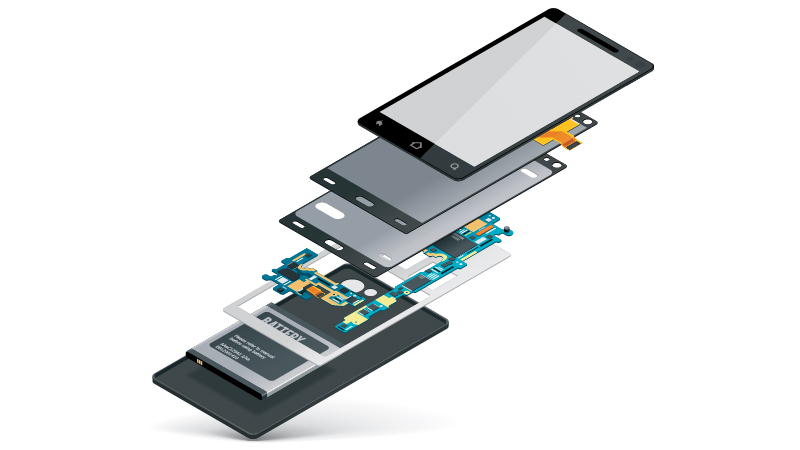
No More Camera characteristics Confusing – Xiaomi Redmi Note 8 Review
In the following lines, you will find Xiaomi Redmi Note 8 review about the main cameras.
* Main Camera Single: {48 MP, f/1.8, 26mm (wide), 1/2.0″, 0.8µm, PDAF}.
The following lines sort-out some of the symbols included in the camera spesc:
MP (Megapixels) is the resolution of the image taken by a cellphone.
(f value) is the aperture of a lens indicates how much light it lets in. A bigger aperture lets in more light, whilst a smaller aperture lets in less light..
(mm value) This measurement is of the lens’s focal length, which affects the final image that is produced by your camera.
AutoFocus (AF) is the function of a camera to automatically focus on a subject.
* Main Camera Dual: 8 MP, f/2.2, 120˚ (ultrawide), 1/4.0″, 1.12µm
* Main Camera Triple: 2 MP, f/2.4, (macro)
* Main Camera Quad: 2 MP, f/2.4, (depth)
The main camera features are as follows:
HDR, panorama, 4K@30fps, 1080p@30/60/120fps gyro-EIS main video camera.
Here is the Xiaomi Redmi Note 8 review of the selfie camera:
* Selfie Camera Single: 20 MP, f/2.0, (wide), 1/3″, 0.9µm
The main camera specifications are:
HDR, panorama, 1080p@30fps Selfie video camera.
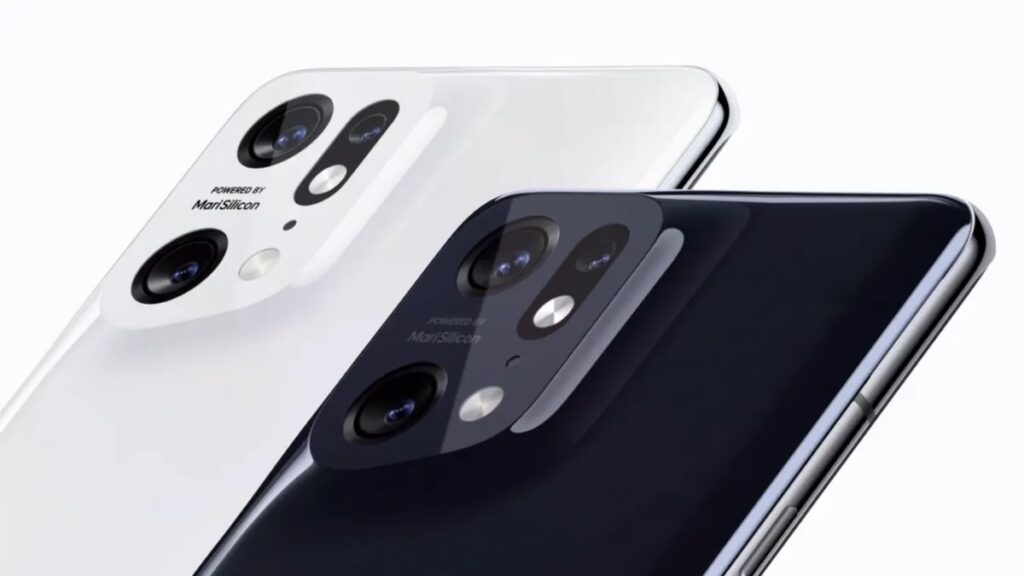
Important Details About The SIM – Xiaomi Redmi Note 8 Review
A SIM card, also known as a Subscriber Identity Module, is a microchip that stores information including user identity, phone number, network authorization data, personal security keys, and contact lists. A SIM card connects a smartphone to a specific mobile network to use its features, like making calls, connecting to internet services such as 3G, 4G LTE (please refer to Xiaomi Redmi Note 8 3G or Xiaomi Redmi Note 8 4G articles ) and 5G, or sending SMS messages. Please note that its possible to use your cellphone without SIM card as a personal assistant device.
This phone model comes with Dual SIM (Nano-SIM, dual stand-by) card. For more information, refer to How to insert SIM card in Xiaomi Redmi Note 8 article.
Here are the popular SIM card kinds:
* Nano SIM. This removable SIM card size is the smallest available one, so it is the most modern one (other than eSIMs, which we’ll talk about it very soon) and most current mobile phones are using it.
* Micro SIM. They have a little bit larger chip, and they’re seldom been used in the recent years.
* Standard SIM (Mini SIM). It is the biggest SIM card size in use, and it’s the most seldom used.
* eSIM. It is an embedded SIM card, meaning that you can’t remove it from your cellphone.
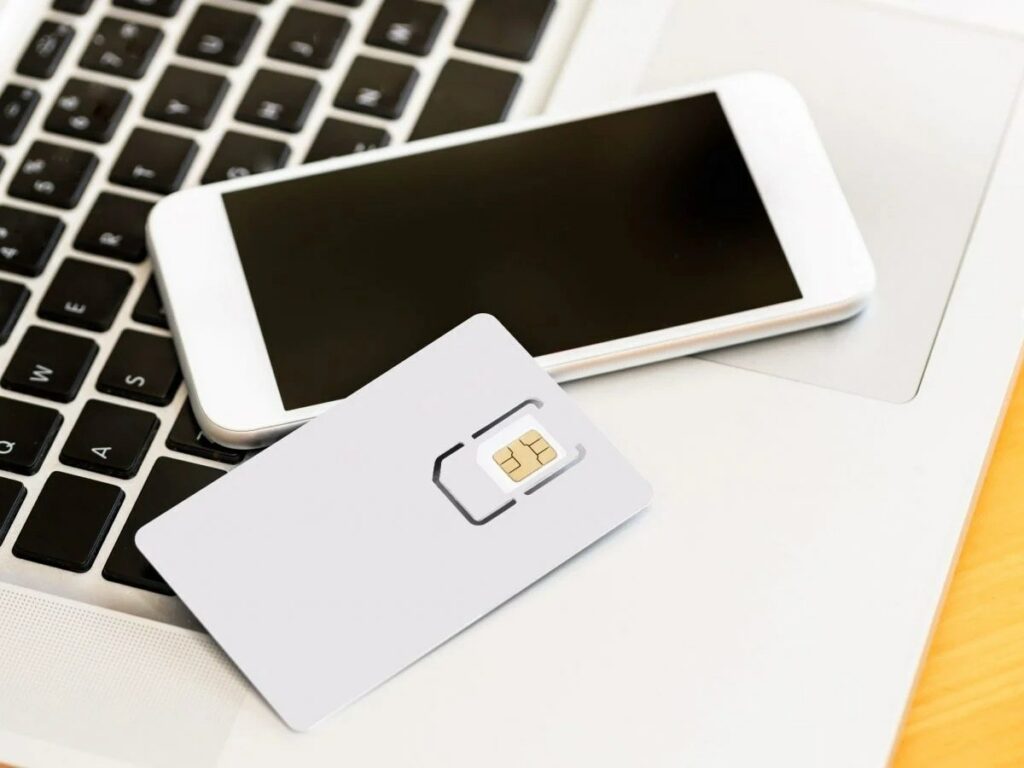
Xiaomi Redmi Note 8 Review of The Performance
This model has Qualcomm SDM665 Snapdragon 665 (11 nm) chipset.
Advanced embedded chipsets in cellular phones allows the performing of many different tasks depending on their programming. They are built-in as part of the complete device including hardware and mechanical parts. The most common chipset kinds are: QUALCOMM Snapdragon, INTEL ATOM, and MEDIATEK CHIPSETS..
Xiaomi Redmi Note 8 has Octa-core (4×2.0 GHz Kryo 260 Gold & 4×1.8 GHz Kryo 260 Silver) CPU.
CPU (Central Processing Unit) performance is vital for the daily user experience. Thus, the higher the number of cores, and the higher the value of processing speed the better the performance will be..
Xiaomi Redmi Note 8 has the following GBU (Graphics Processing Unit): Adreno 610.
This chip is responsible for processing all graphics jobs. In fact, Users are now more aware of the many types of GPU chips included in smartphone chipsets and sometimes take their performance into account when making purchases.
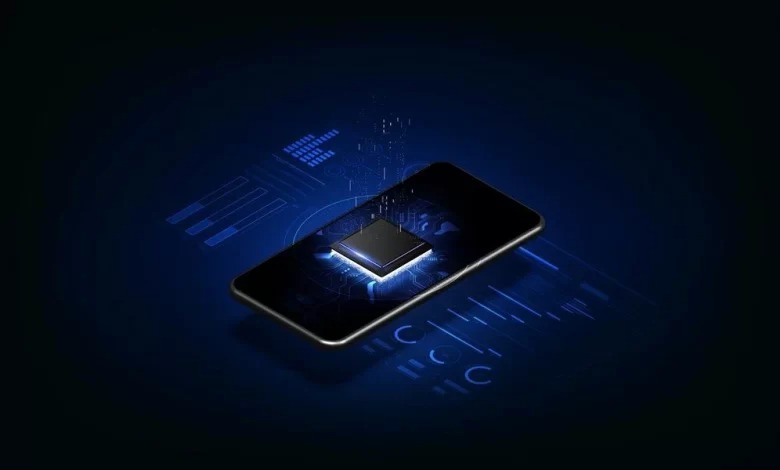
Xiaomi Redmi Note 8 Review of the Storage specifications and Capacity
The quantity of storage that a new smartphone provides is one of the main decision considerations.. Actually, Xiaomi Redmi Note 8 comes with microSDXC memory card slot, and the following internal memory: 32GB 3GB RAM – 64GB 4GB RAM – 64GB 6GB RAM – 128GB 4GB RAM – 128GB 6GB RAM
There are two types of phone’s memory:
Internal: It is integrated inside the phone, and can’t be extended. These days, most mobile phones come with internal memory of at least 32GB or 64GB and a few high-end models feature 256GB or 512GB.
External: It is a removable SD card used as an extra storage to save photos, music, videos, etc., regardless of the kind of SD card slot.
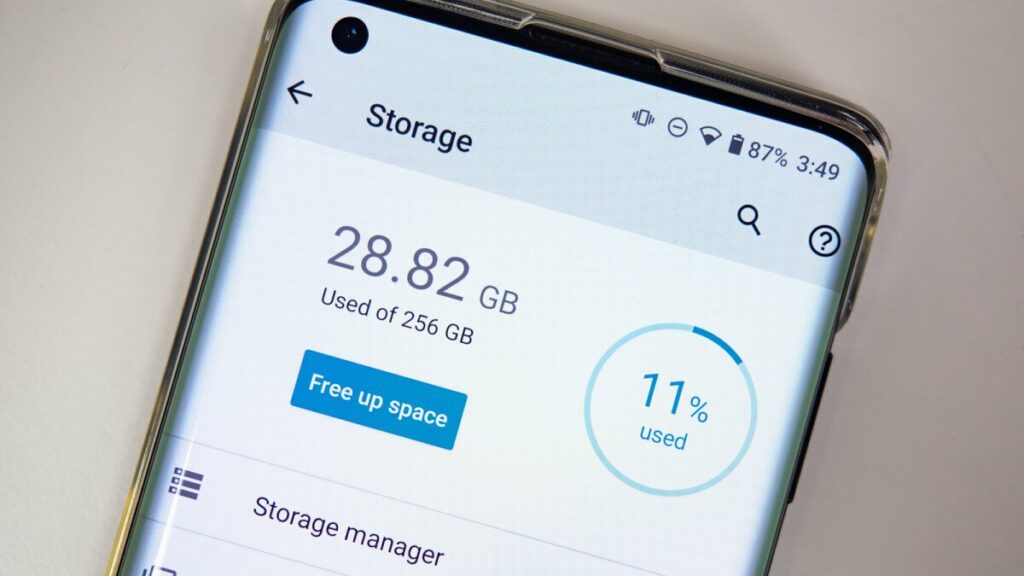
Mobile Networks and Connectivity – Xiaomi Redmi Note 8 Review
Mobile networking is a term used to describe technologies that can support wireless voice and/or data network connections. Three types of mobile networks are available: 3G, 4G (LTE), and 5G. Most modern cellphones support all networks. However, 5G has been designed with an enhanced capacity to enable next-generation user experiences, support innovative deployment models, and deliver new services.
Xiaomi Redmi Note 8 supports the following networks: 3G. For more information, refer to Xiaomi Redmi Note 8 3G article. – 4G. For more information, refer to Xiaomi Redmi Note 8 4G article.

Xiaomi Redmi Note 8 Review – Available Wireless Connections
This model includes the following wireless communications:
* WLAN connection: {Wi-Fi 802.11 a/b/g/n/ac, dual-band, Wi-Fi Direct, hotspot}. Wireless Local Area Network depends on Wi-Fi to connect to the home or office wireless network using the local router and provides Internet access.
* Bluetooth connection: {4.2, A2DP, LE}. It is a common wireless communication protocol used to connect two devices together over short ranges, allowing them share data between different devices.
* GBS connection: {Yes, with A-GPS, GLONASS, BDS}.Global Positioning System enables smartphone to determine any position you need.
* USB connection: {USB Type-C 2.0, USB On-The-Go}.Universal Serial Bus is wired technology that allows users to connect two devices, such as a smartphone with a PC, to either transfer data or to charge the connected device.
* Features Sensors: {Fingerprint (rear-mounted), accelerometer, gyro, proximity, compass}. The sensor is a device that detects and majors the changes in the nearby environment such as ambient light and motion.
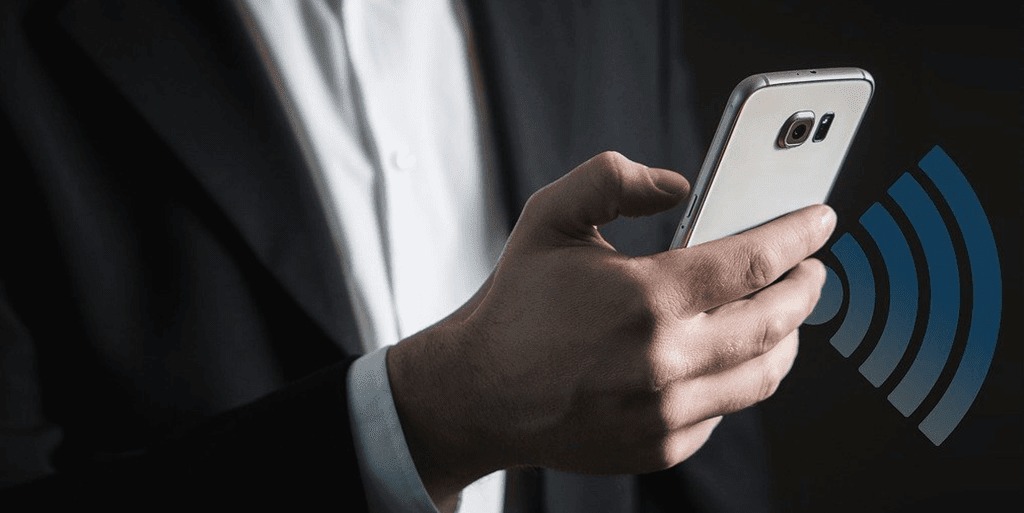
The Operating System – Xiaomi Redmi Note 8 Review
This model comes with {Android 9.0 (Pie), upgradable to Android 10, MIUI 12} operating system.
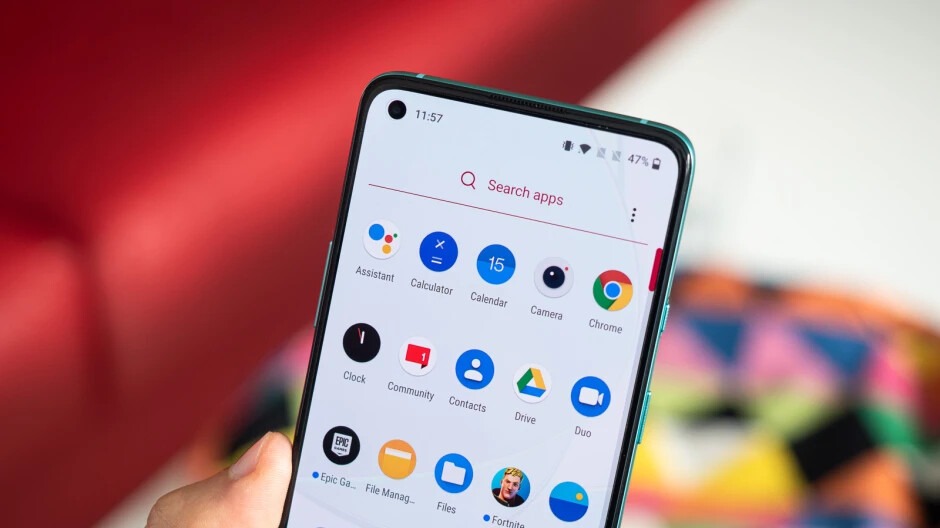
Main Specs of The Battery – Xiaomi Redmi Note 8
Nothing is more essential than the battery of the cellular phone that keeps these gadgets running and providing daily life working. In the following lines, you’ll see Xiaomi Redmi Note 8 review of its primary battery.
* Battery Technology: {Li-Po}.
* Xiaomi Redmi Note 8 comes with {non-removable} battery.
* Battery Capacity: {4000} mAh. It refers to the amount of storage volume a specific battery can provide. A battery with 3100 mAh capacity rating could supply a current of 3100 mA for one hour. Higher mAh ratings for the same battery kind will usually mean more working time.
* Battery Charging: {Fast charging 18W}.

Xiaomi Redmi Note 8 Review of the Battery Secondary Specifications
Along with the major Xiaomi Redmi Note 8 characteristics that we just discussed, this model contains more battery-related characteristics that differ somewhat depending on the type of smartphone. These specs are as follows:
* Battery Charging Original: {Fast charging 18W}.



